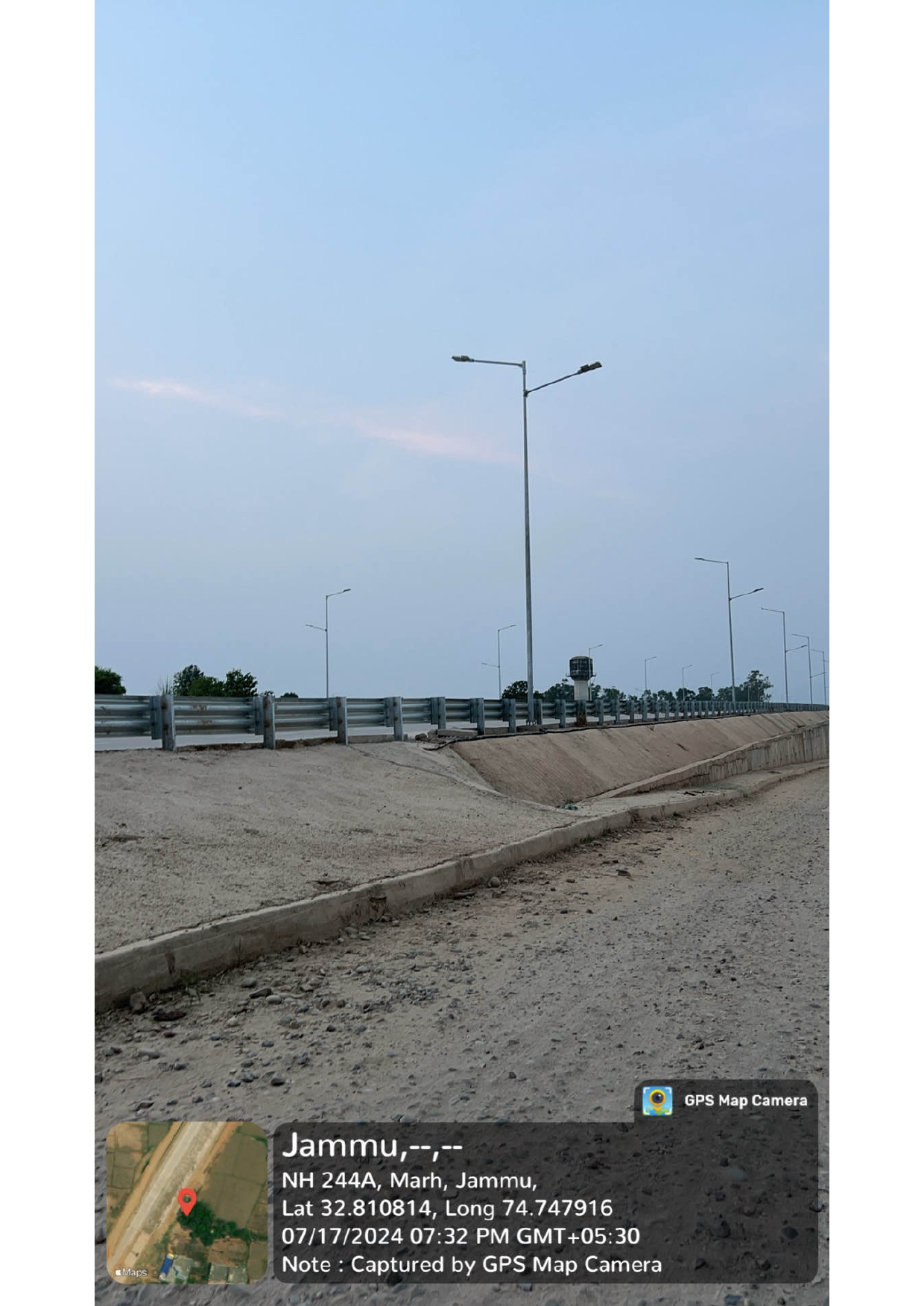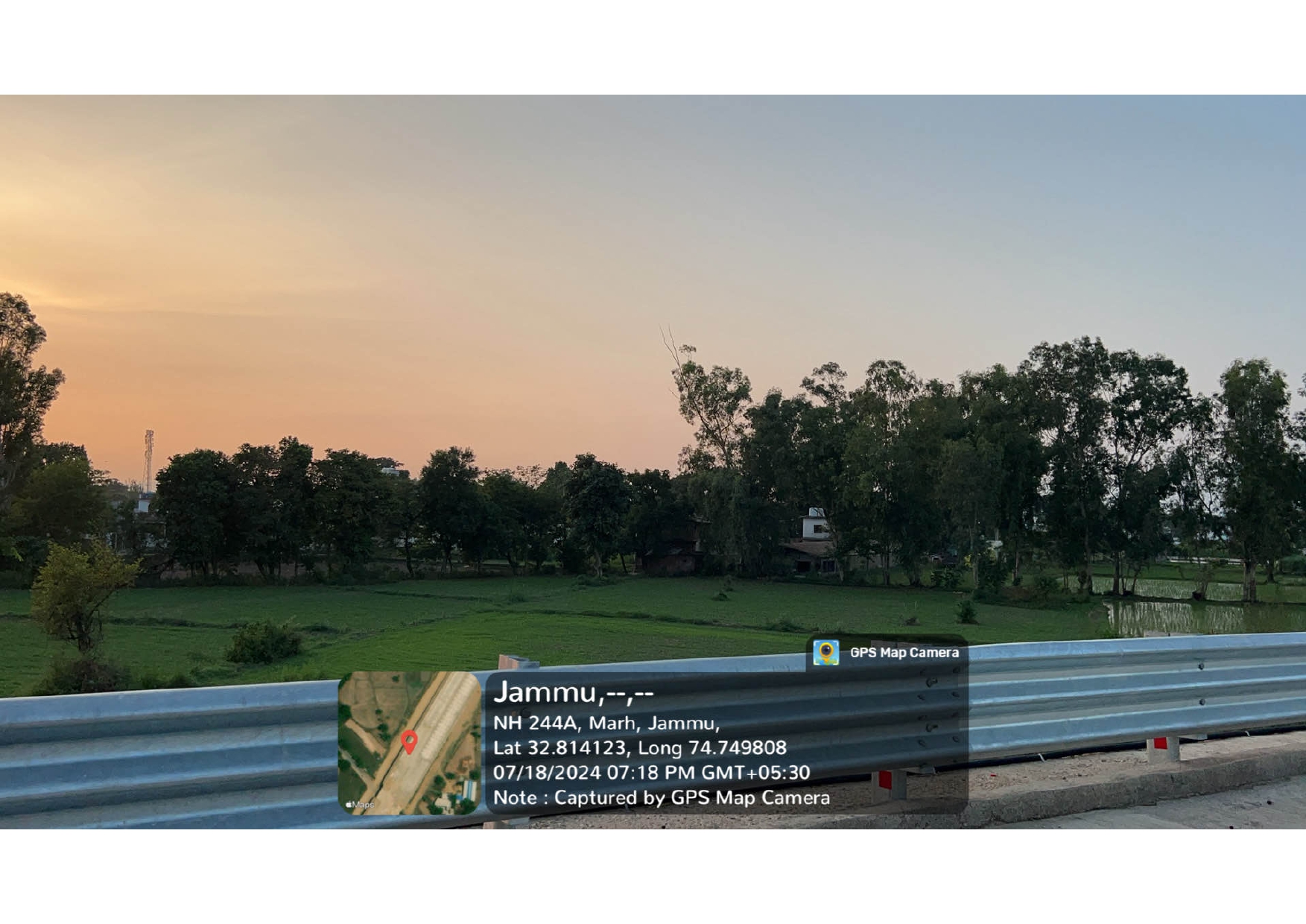Description
General Introduction
Chanuchak and Marh are two villages located in the Jammu district of the Union Territory of Jammu and Kashmir, India. The village of Chanuchak is part of the larger administrative area of the Marh tehsil, a subdivision in Jammu. Geographically, the region is characterized by a mix of plains and hilly terrain, a typical feature of the Jammu area. These villages represent the quintessential rural charm of Jammu, surrounded by lush greenery and offering a peaceful atmosphere amidst the fast-paced life of urban centers nearby.
Demographics
The population in Chanuchak and Marh consists primarily of rural communities engaged in agriculture and livestock farming. These villages are home to a diverse group of people, including Kashmiri Muslims, Dogras, and other ethnic groups, reflecting the rich cultural and religious diversity of the region. Dogri is the predominant language spoken, while Hindu, Muslim, and Buddhist traditions coexist harmoniously, creating a vibrant cultural tapestry. The community is close-knit, with families supporting each other in their day-to-day lives and festivals celebrated collectively.
Economy
The economy of Chanuchak and Marh is largely agrarian, with wheat, rice, and maize being the most commonly cultivated crops. Livestock farming also plays a significant role in sustaining the livelihood of many households. In addition to farming, some villagers engage in handicrafts and handloom weaving, which are traditional practices passed down through generations. Orchards producing fruits like apples and pears add diversity to the economic activities in the region. While most families depend on subsistence farming, many sell their produce in the markets of Jammu city, contributing to the local economy.
Culture and Tradition
Villages like Chanuchak and Marh are deeply rooted in the Dogra cultural heritage, which is reflected in their music, dance, and folklore. Festivals such as Diwali, Eid, Lohri, and Baisakhi are celebrated with enthusiasm and community participation. The traditional Dogra cuisine, including dishes like Kadhi and Rogan Josh, is a staple of the region and showcases its culinary richness. Cultural practices and traditions in the village have been preserved through generations, making these areas a living repository of Jammu's heritage.
Infrastructure and Development
Chanuchak and Marh, like many other villages in Jammu and Kashmir, face both developmental progress and ongoing challenges. While access to roads, electricity, and water supply has improved over the years, certain remote areas still experience issues with basic amenities. Educational facilities remain limited, and modern healthcare services are often distant, requiring residents to travel to Jammu city for better options. Despite these challenges, there have been notable improvements in transportation and communication networks, which have brought the villages closer to urban centers and opened up new opportunities.
Agriculture and Land Use
The fertile land in Chanuchak and Marh is well-suited for agriculture, which remains the backbone of the local economy. Farmers cultivate crops like wheat and rice during their respective Rabi and Kharif seasons. Irrigation is essential, as seasonal weather patterns often dictate agricultural productivity. While some families own large tracts of land, others operate on a smaller scale, practicing subsistence farming. Traditional farming methods are still prevalent, although there is a growing interest in modern agricultural practices to improve yields.
Challenges
Despite their natural beauty and cultural richness, Chanuchak and Marh face several challenges. Access to modern education and healthcare facilities remains limited, with many residents relying on nearby urban centers for these essential services. Infrastructure issues, such as inconsistent electricity and water supply, continue to affect daily life. Political instability in the Jammu and Kashmir region has occasionally impacted these villages, adding to their struggles. Empowering the youth through skill development programs and ensuring sustainable development are critical areas that require focused efforts.
Connectivity
Chanuchak and Marh are connected to Jammu city, the largest urban center in the region, through well-maintained roads. This connectivity ensures that residents can commute to the city for work, education, and medical care. Jammu city, in turn, is linked to the rest of India via rail and air, making it easier for the villages to access larger markets and services. Improved transportation infrastructure has also enhanced trade opportunities, allowing farmers and artisans to sell their products beyond local markets.
Conclusion
In conclusion, Chanuchak and Marh are vibrant villages that reflect the spirit of rural Jammu. Rich in cultural heritage and natural beauty, these villages are sustained by the hard work and resilience of their people. While they face challenges related to infrastructure and access to modern facilities, ongoing development efforts and community-driven initiatives have the potential to transform these villages into models of sustainable growth. By addressing their needs and preserving their traditions, Chanuchak and Marh can continue to thrive as integral parts of the Jammu region.
Photos
Videos
Location Map
Contact Information
| Address |
Jammu sub district,Pincode-181206 |
| Phone Number |
9419108665 |
| Website | https://jkpanchayat.jk.gov.in/profile.php?panchayat=Channu%20Chak&block=Marh |









































